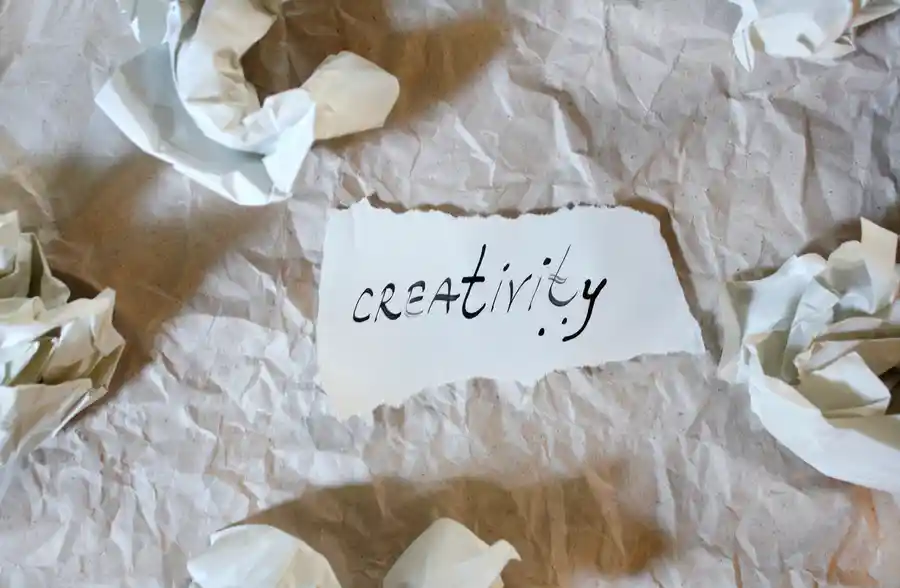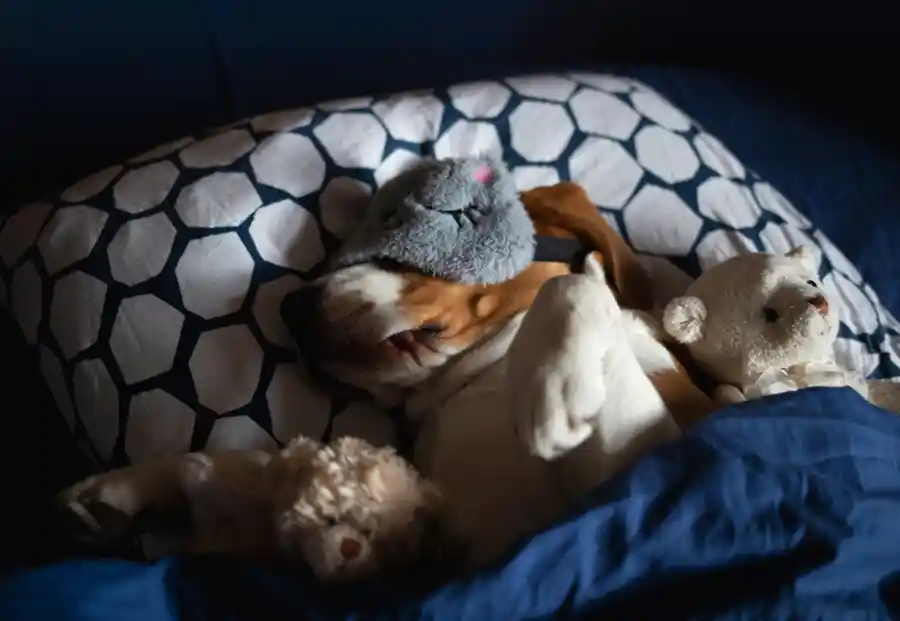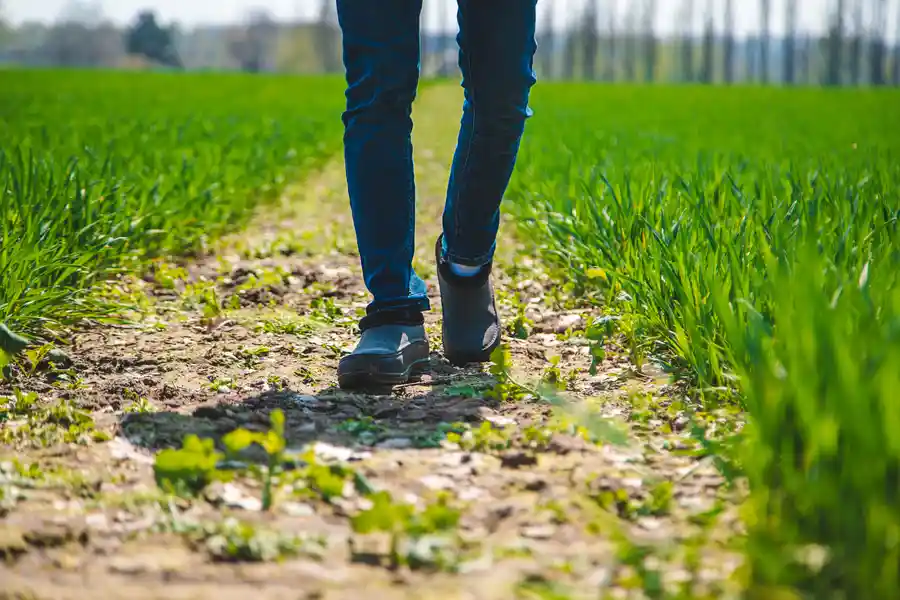Creative block is a challenge faced by many in the design industry, often striking at the most inconvenient times. When the well of inspiration seems dry, creativity exercises can serve as a reliable antidote to reignite the spark of imagination. This guide offers practical strategies to help you overcome these hurdles and unlock new potential in your creative work.
Understanding Creative Block and Its Impact
Creative block can strike unexpectedly, stifling the flow of ideas and severely affecting productivity. It is often the result of mental fatigue, high stress levels, or the monotonous nature of repetitive tasks. Renowned author Don Norman advocates for a break combined with physical activity as an effective method to alleviate these blocks and reintroduce a fresh wave of creativity.
This approach can help overcome mental obstacles, allowing creative energies to flourish once more.

The Importance of Sleep in Creativity
Adequate sleep is not just essential for overall health; it plays a pivotal role in enhancing creativity. During sleep, the brain engages in critical processes such as memory consolidation and neural restructuring, which facilitate the integration of new ideas and experiences. These cognitive activities are crucial for generating original and innovative thoughts.
Scientific research suggests that REM sleep, in particular, is closely associated with creative problem-solving and the ability to make novel connections between seemingly unrelated concepts. It’s during this phase of deep sleep that the brain becomes most adept at synthesising disparate pieces of information, leading to those “Eureka!” moments that often emerge upon waking.
In addition to enhancing cognitive function, adequate rest also helps reduce stress and mental fatigue, both of which are common barriers to creativity. A well-rested mind is more resilient, better at handling complex tasks, and more open to new ideas. Conversely, sleep deprivation can lead to diminished creative capacity, impaired judgement, and a reduced ability to focus.
Therefore, prioritising sleep is an investment in your creative potential. Ensuring that you get enough high-quality rest can provide the mental clarity and innovative thinking necessary for tackling design challenges with renewed vigour. In essence, sleep functions as a vital tool in your creative arsenal, helping to maintain a sharp and imaginative mind.

How Taking a Toilet Break Can Boost Creativity
Stepping away from your workspace for a brief toilet break might seem insignificant, but it can have a surprising impact on your creative faculties. These moments of detachment allow your brain to shift gears, offering a respite from focused work and enabling subconscious thought processes to take the helm. This shift can facilitate the incubation of ideas, allowing novel connections to form without the pressure of active problem-solving.
Engaging in a different environment, even if just for a few minutes, can provide a fresh perspective. The change of scenery and slight physical activity involved in taking a break can help reset your cognitive state, making room for new insights and creative solutions.
Moreover, these breaks serve as mini-meditative moments, giving your mind the space to wander and explore uncharted territories. This wandering is crucial for creativity, as it allows for the synthesis of seemingly unrelated concepts, leading to innovative ideas.
Incorporating regular breaks into your routine can make your creative process more dynamic and resilient. Whether it’s a short walk to the bathroom or a brief escape from your desk, these intervals can rejuvenate your mental faculties, making it easier to tackle design challenges with renewed energy and perspective.
Engaging in Creativity Exercises to Stimulate Ideas
Designers often benefit from structured creativity exercises that encourage new perspectives. Irene Au, former Head of Design at Google, emphasises the value of being open to discarding and iterating on ideas until the optimal solution arises.
This iterative approach fosters a dynamic environment where creativity can thrive.
One effective exercise is the “brainstorming blitz,” where you set a timer for a short period, such as five minutes, and rapidly jot down as many ideas as possible without self-editing. The goal is to generate a wealth of concepts, no matter how outlandish, to break free from conventional thinking.
Another valuable exercise is “mind mapping,” which involves writing a central idea in the middle of a page and branching out with related concepts. This visual representation helps identify connections and relationships between ideas that might not be immediately obvious.
“Reverse brainstorming” is also worth exploring. Instead of thinking about how to solve a problem, you consider how to cause it. This reversal can highlight underlying assumptions and offer new angles for solutions.
Engaging in these exercises regularly can help you break through creative barriers and maintain a steady flow of fresh ideas.

Leveraging the Power of Movement and Exercise
Physical movement significantly enhances creative performance. Research highlights a positive correlation between everyday bodily movement and total creative output, especially through moderate activities such as walking.
This suggests that incorporating physical activity into your routine can significantly enhance your creative capacity. Conversely, a sedentary lifestyle may hinder creative processes, underscoring the importance of regular movement.
Creativity is shown to be lessened with movements of no to light intensity.
Integrating simple activities such as stretching, yoga, or short walks into your daily schedule can make a noticeable difference in your creative output. Physical exercise promotes the flow of blood and oxygen to the brain, which in turn supports cognitive function and imaginative thinking. It also provides a mental break from concentrated tasks, allowing for subconscious processing that often leads to innovative ideas.
Incorporating regular movement into your work routine doesn’t require drastic changes. Small adjustments, such as taking the stairs instead of the lift or standing while brainstorming, can create an environment that nurtures creativity. For those who find structured exercise regimes challenging to maintain, even informal physical activities like dancing to your favourite music or engaging in playful activities can invigorate your creative mindset. Regular movement serves as a practical and accessible strategy to sustain and enhance creative thinking.
Creativity Exercises: Exploring Diverse Sources of Inspiration
Creativity flourishes when it is nurtured by a broad range of influences. Delving into various fields can inject fresh perspectives and invigorate your creative process. Drawing from disciplines such as literature, science, and even culinary arts can stimulate your imagination and foster innovative thinking. Engaging with these diverse domains exposes you to different problem-solving approaches and unique methodologies, enriching your creative toolkit.
Art, in particular, offers a profound reservoir of inspiration. Visiting galleries, studying classical paintings, or exploring contemporary installations can provoke new ideas and evoke emotional responses that translate into your design work. Similarly, music and performing arts can influence your creative output by introducing you to new rhythms, patterns, and emotional expressions.
Travel and cultural experiences are also invaluable. Immersing yourself in different cultures broadens your understanding and appreciation of varied aesthetics and design philosophies. This exposure can challenge your preconceptions and encourage you to incorporate eclectic elements into your projects.
Even everyday interactions and observations can spark creativity. Paying attention to the details in your environment, such as the texture of a tree bark or the geometry of urban architecture, can lead to unexpected inspirations.
Creativity’s link to nine of the top ten essential skills underscores the importance of drawing inspiration from diverse disciplines.
Creativity Exercises: Implementing a Structured Routine to Foster Creativity
Implementing a structured routine can be an instrumental strategy for fostering creativity. A well-defined schedule allows for dedicated periods of focused work interspersed with deliberate breaks, creating a balanced environment where creativity can thrive. This rhythm helps to build a predictable pattern that the mind can rely on, thereby reducing anxiety and opening the door to innovative thought.
Designate specific times during the day for brainstorming, ideation, and execution of tasks. This compartmentalisation ensures that each phase of the creative process gets the attention it deserves. It’s beneficial to start the day with activities that stimulate the mind, such as reading inspiring articles or sketching out initial ideas. Later, transition into more intensive creative tasks when your mental energy peaks.
Incorporating flexibility within this routine is also essential. While structure provides a foundation, allowing for spontaneous moments of inspiration ensures that creativity is not stifled. For instance, if a brilliant idea strikes during an unrelated task, make room to explore it immediately.
The environment in which you work also plays a crucial role. A well-organised workspace free from distractions can significantly enhance focus and creativity. Surround yourself with stimuli that inspire you, whether it’s artwork, plants, or music, to create a space that nurtures your creative potential.
In summary, a structured routine, balanced with flexibility and an inspiring environment, can act as a powerful catalyst for sustained creativity.
Creativity Exercises: Collaborating with Peers to Generate New Ideas
Engaging in collaborative efforts with peers can significantly amplify both the quantity and originality of ideas. By bringing together diverse perspectives and expertise, collaboration fosters a rich environment for innovative thinking. When teams are trained in creativity principles, the collective ideation process becomes even more effective, leading to a greater number of groundbreaking concepts.
This highlights the power of collaborative problem-solving sessions, where collective insight can lead to groundbreaking concepts.
Group brainstorming sessions can be particularly fruitful. When structured effectively, these sessions encourage free-flowing dialogue and the exchange of ideas without immediate criticism. This open environment can spur spontaneous creativity, allowing for the rapid generation of innovative solutions. Additionally, peer feedback provides a crucial sounding board, offering constructive critiques that can refine and enhance initial concepts.
Utilising collaborative digital tools such as shared whiteboards, project management software, and video conferencing platforms can further streamline the creative process. These technologies facilitate seamless communication and idea sharing, ensuring that all team members can contribute, regardless of their physical location.
Moreover, collaboration often leads to a sense of shared ownership and motivation, driving individuals to push creative boundaries and achieve collective goals. By embracing teamwork, designers can unlock a wealth of new ideas and perspectives, enriching their creative output and fostering a more dynamic and innovative work environment.
Creativity Exercises: Utilising Technology and Tools to Aid Creativity
In today’s digital landscape, a multitude of tools and technologies are at your disposal to enhance and streamline your creative process. Design software like Adobe Creative Suite, Figma, and Sketch offer robust platforms for visual creation, allowing you to experiment with different ideas and iterate quickly. These tools provide a comprehensive range of functionalities, from vector graphics to prototyping, making them indispensable for modern designers.
Idea generation apps such as MindMeister and Milanote can help you organise thoughts and visualise concepts more effectively. These platforms facilitate brainstorming sessions, enabling you to capture and develop ideas in a structured manner. Additionally, colour palette generators like Coolors and Adobe Colour can assist in choosing harmonious colour schemes, ensuring your designs are visually appealing.
Collaboration tools like Slack, Trello, and Miro allow for seamless communication and project management, making it easier to share ideas and receive feedback in real-time. These tools help maintain a cohesive workflow, ensuring all team members are aligned and contributing to the creative process.
Emerging technologies like artificial intelligence (AI) and machine learning also offer exciting possibilities. Tools like RunwayML and DeepArt utilise AI to generate unique designs and patterns, providing a fresh source of inspiration and pushing the boundaries of traditional creativity.
Creativity Exercises: Reflecting and Reevaluating Your Creative Process
Taking time to reflect on your creative journey can illuminate areas for growth and enhancement. Evaluating your process enables you to identify what works and what hinders your progress, facilitating continuous improvement. One effective method is to maintain a creative journal where you document your thoughts, challenges, and breakthroughs. This habit can reveal patterns in your workflow and highlight areas where you might need to adjust your approach.
Additionally, seeking feedback from peers can offer fresh perspectives and constructive critiques that you might not have considered. Regularly reviewing past projects can also provide insights into your evolving style and technique, helping you to build on your strengths and address any weaknesses.
Incorporating these reflective practices into your routine ensures that you remain adaptable and open to new methods. By periodically reassessing your strategies and outcomes, you can foster a more dynamic and effective creative process, ultimately leading to more innovative and impactful designs. Reflecting on your creative work is not just about looking back but about using those insights to propel you forward.
Do you have some ideas you would like to share?
Get in touch!





